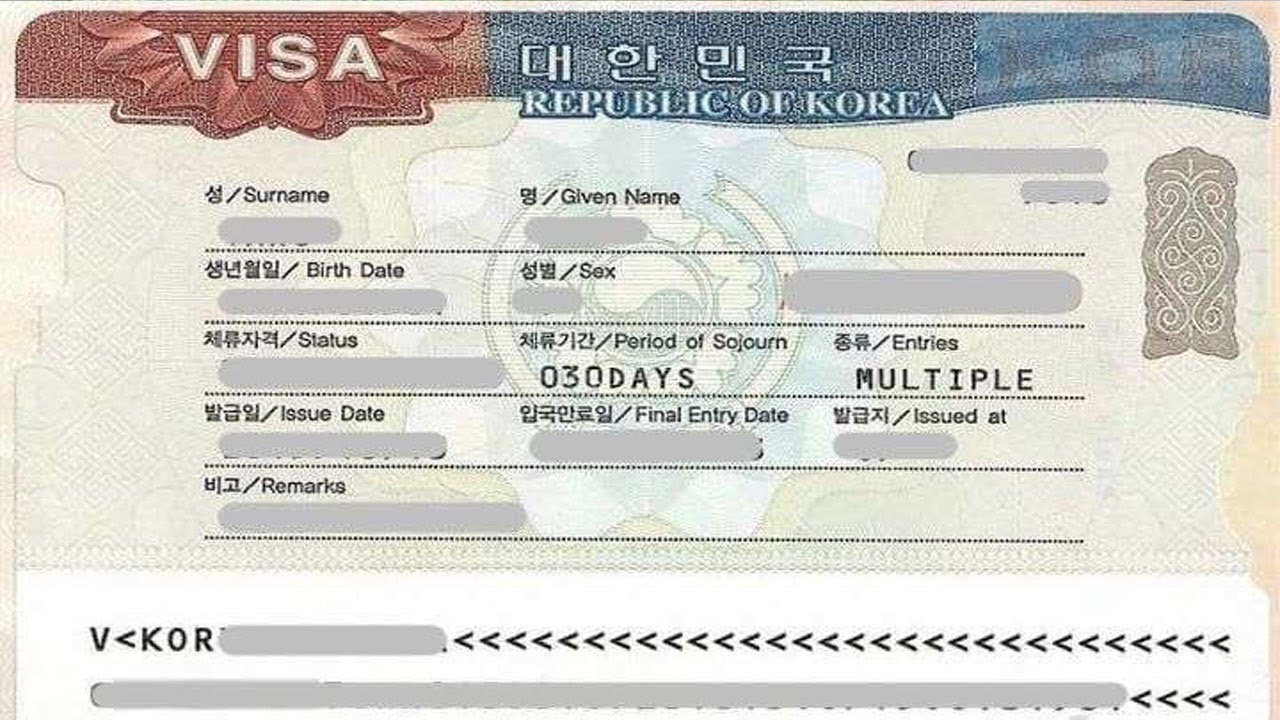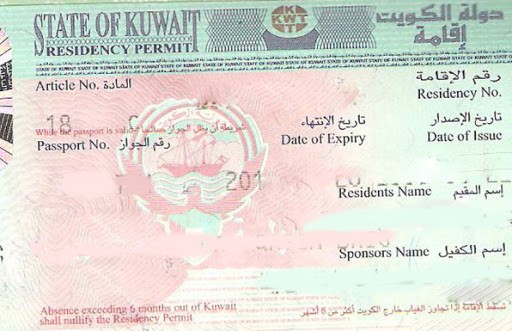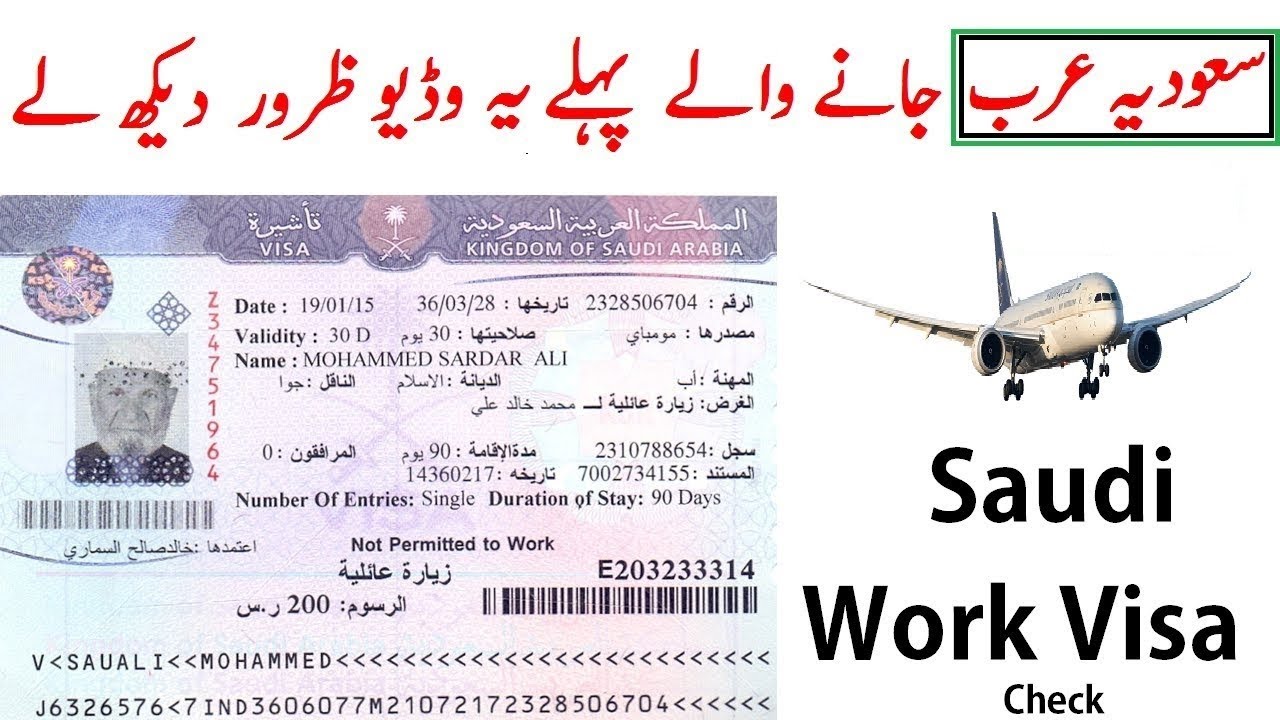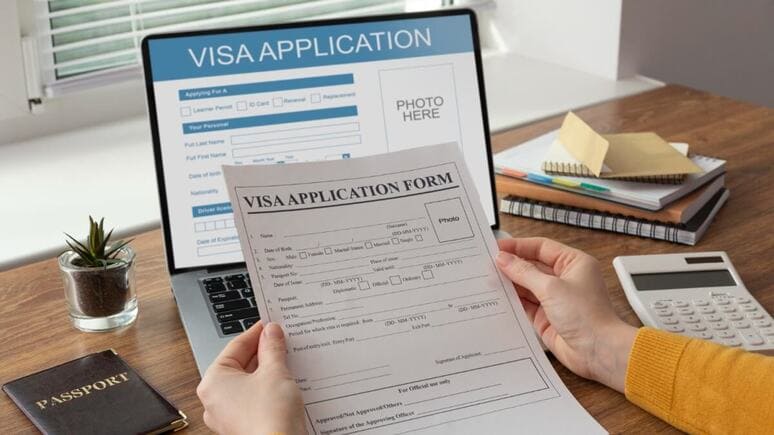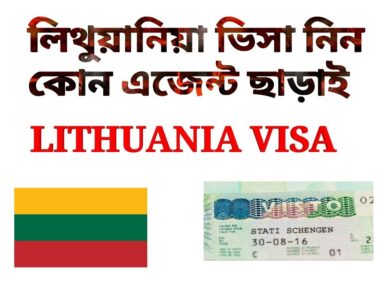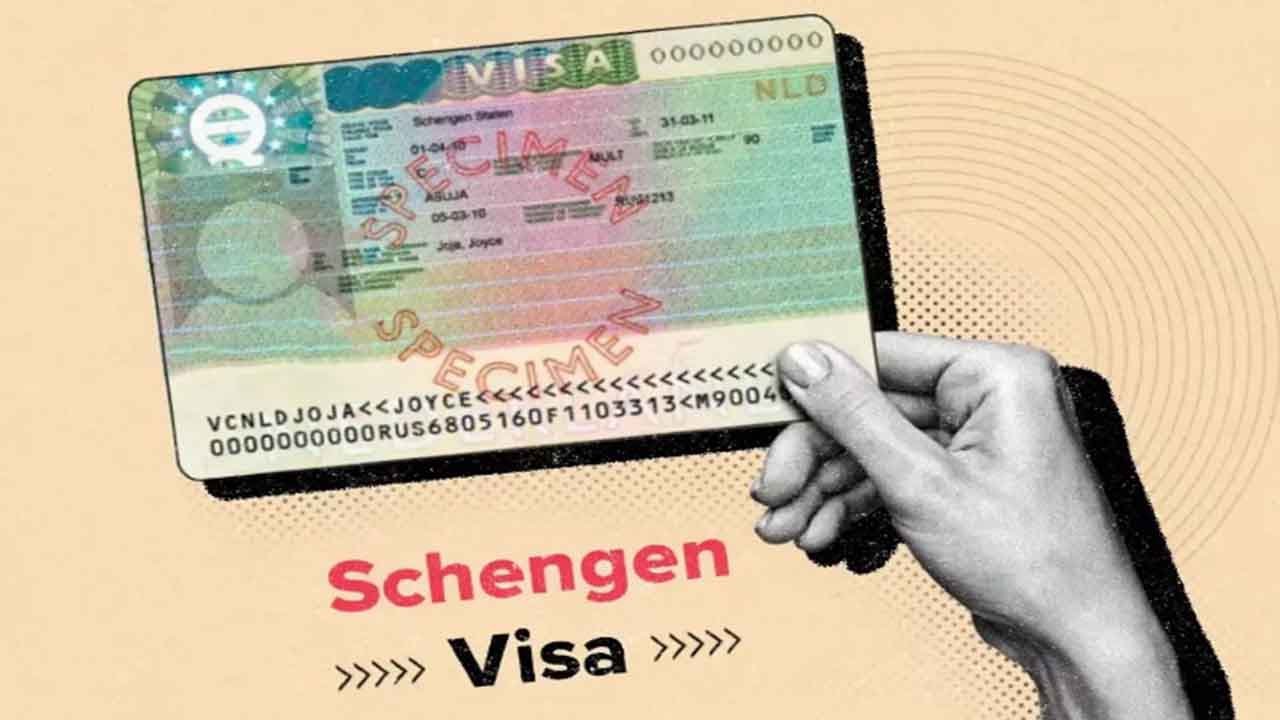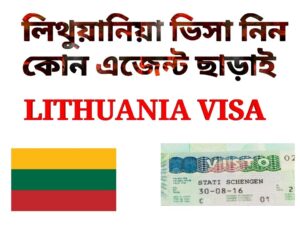South Korea is a land of captivating contrasts, where ancient palaces coexist with neon-lit cityscapes and traditional hanbok blends seamlessly with K-pop culture. For aspiring language teachers, particularly native English speakers, the E-2 visa is the key to an enriching career in this dynamic nation. Whether you’re drawn to the bustling classrooms of Seoul’s private academies or the welcoming schools of Busan, this visa empowers you to teach conversational languages legally. Managed by the Korean Immigration Service (KIS), the E-2 visa process is detailed and rigorous, demanding careful preparation to meet high standards.
This comprehensive guide is your ultimate roadmap to securing a South Korea E-2 visa in 2025. Designed with user intent at heart, it combines practical steps, personal anecdotes, and vibrant visuals to make the journey engaging and accessible. From novice educators to experienced professionals, this resource equips you with the tools and confidence to thrive in South Korea’s vibrant teaching landscape.
What Is the South Korea E-2 Visa?
The E-2 visa is a work permit for foreign nationals hired to teach conversational foreign languages—primarily English, but also languages like French, Spanish, or Chinese—in South Korea. Sponsored by educational institutions such as public schools, private academies (hagwons), or universities, it’s tailored for native speakers from designated countries.
Key Features of the E-2 Visa
-
Purpose: Teaching conversational foreign languages at approved institutions.
-
Validity: 13 months, renewable with a new or continuing contract.
-
Employer-Specific: Tied to the sponsoring institution, prohibiting freelance or non-educational work (e.g., kindergartens require visas like F-2 or F-6).
-
Sponsorship: Requires a Korean educational employer to initiate the application.
 Seoul’s vibrant skyline, a magnet for educators seeking a South Korean adventure.
Seoul’s vibrant skyline, a magnet for educators seeking a South Korean adventure.
Why Teach in South Korea with an E-2 Visa?
South Korea’s appeal transcends its global cultural influence. Here’s why the E-2 visa opens doors to an extraordinary experience:
-
Generous Benefits: Enjoy free housing, round-trip airfare, severance pay, and salaries ranging from 2.1–3.5 million KRW (~$1,500–$2,500 USD) monthly.
-
Cultural Immersion: Live in a nation where ancient traditions meet cutting-edge innovation.
-
Career Development: Gain international teaching experience, with opportunities to earn certifications like TESOL or CELTA.
-
High Quality of Life: Benefit from safe cities, efficient public transport, and world-class healthcare.
The E-2 visa process, however, is meticulous, with strict eligibility and documentation requirements. South Korea seeks dedicated educators, making thorough preparation critical.
Step-by-Step Process for Obtaining an E-2 Visa
Let’s navigate the E-2 visa journey with clear, actionable steps, enriched with visuals, tips, and real-world insights to keep you motivated.
Step 1: Verify Your Eligibility
The E-2 visa is exclusive to native speakers from seven designated countries, with additional academic and health requirements.
Eligibility Criteria
-
Citizenship: Must be a citizen of one of the following native English-speaking countries:
-
United States
-
Canada
-
United Kingdom
-
Ireland
-
Australia
-
New Zealand
-
South Africa
-
Note: For non-English languages (e.g., French, Spanish), native speakers from relevant countries may qualify, but requirements vary. Contact the Korean Embassy for specifics.
-
-
Education: A bachelor’s degree (4-year minimum) from an accredited university in any field. Associate degrees or incomplete degrees are not accepted.
-
Criminal Record: A clean national-level criminal background check, with no misdemeanors or felonies. Minor traffic violations (e.g., speeding tickets) are generally exempt.
-
Health: Good health, verified by a self-medical survey during application and a mandatory health check (including tests for TB, HIV, and narcotics) upon arrival in Korea.
-
Native Speaker Status: Applicants must be native speakers or have studied in an English-speaking country from junior high (7th grade) for at least 10 years.
Pro Tip
Contact your local Korean Consulate early, as document requirements (e.g., sealed transcripts for Canadians) can vary by country and consulate.
Step 2: Secure a Teaching Job
The E-2 visa requires employer sponsorship, so landing a job is the first major milestone. Your employer will initiate the visa process once hired.
Finding a Teaching Job
-
Recruiters: Agencies like Korvia Consulting, Gone2Korea, or Footprints Recruiting connect candidates with reputable schools, guiding you through job placement and visa steps.
-
Job Platforms: Explore Dave’s ESL Café, WorknPlay, or LinkedIn for openings in public schools (e.g., EPIK), hagwons, or universities.
-
Network: Join expat communities on Reddit (r/teachinginkorea) or Facebook for insights and referrals from current teachers.
-
Priority Roles: English teaching dominates, but native speakers of French, Spanish, Chinese, or Japanese can find opportunities in specialized academies.
Fair Hiring Practices
Korean employers must prioritize local candidates, but the high demand for native-speaking teachers ensures ample opportunities for foreigners. Research employers thoroughly to avoid issues like contract disputes or poor working conditions.
Real-Life Insight
“I found my hagwon job through Gone2Korea after vetting schools on Reddit. Talking to current teachers helped me choose a supportive employer.” — Sarah, English Teacher in Incheon
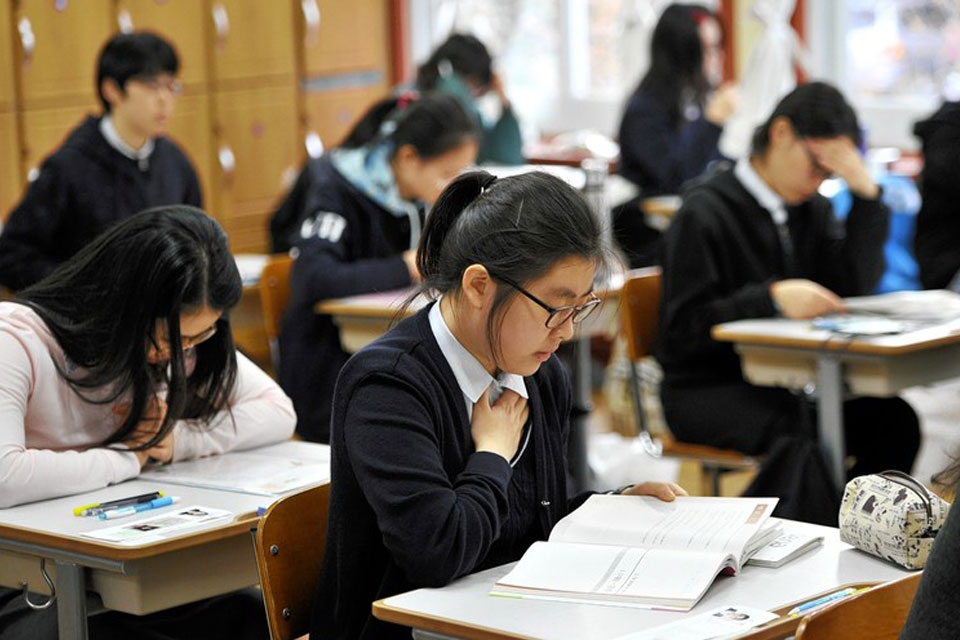
Engaging students in a South Korean classroom, a rewarding part of the E-2 visa experience.
Step 3: Gather Required Documents
A complete document package is essential to avoid delays or rejection. Start early, as some documents (e.g., background checks) can take weeks to process.
Core Documents
-
Valid Passport: Must have at least 6 months’ validity and one blank page. Include a photocopy of the personal data page.
-
Bachelor’s Degree:
-
A notarized photocopy, apostilled by your country’s designated authority (e.g., Department of State for U.S. citizens).
-
Original degrees are not accepted; only apostilled photocopies.
-
-
National-Level Criminal Background Check:
-
For U.S. citizens: An FBI background check, notarized and apostilled, taking 2–3 months.
-
For others: A national-level check (e.g., DBS for UK, RCMP for Canada), apostilled or authenticated.
-
Must be issued within 3 months of application.
-
-
Sealed University Transcripts: Required by some consulates (e.g., Canadian applicants). Verify specific requirements.
-
Signed Contract: A detailed contract from your employer outlining salary, hours, and benefits.
-
Self-Medical Survey: A health questionnaire provided by the Korean government.
-
Passport-Sized Photos: Recent, taken within 6 months.
-
Visa Application Form: Pre-filled by your recruiter or employer with employment details.
Additional Documents (if applicable)
-
TESOL/CELTA Certificate: Not mandatory but enhances your application, especially for competitive roles.
-
Doctor’s Note: Some consulates require a health clearance due to post-COVID protocols. Confirm with your consulate.
-
Recommendation Letters: Optional but valuable for hagwon or university positions.
Pro Tip
Use express courier services (e.g., FedEx, DHL) to send documents to Korea, as regular mail can be unreliable. Keep tracking numbers for peace of mind.
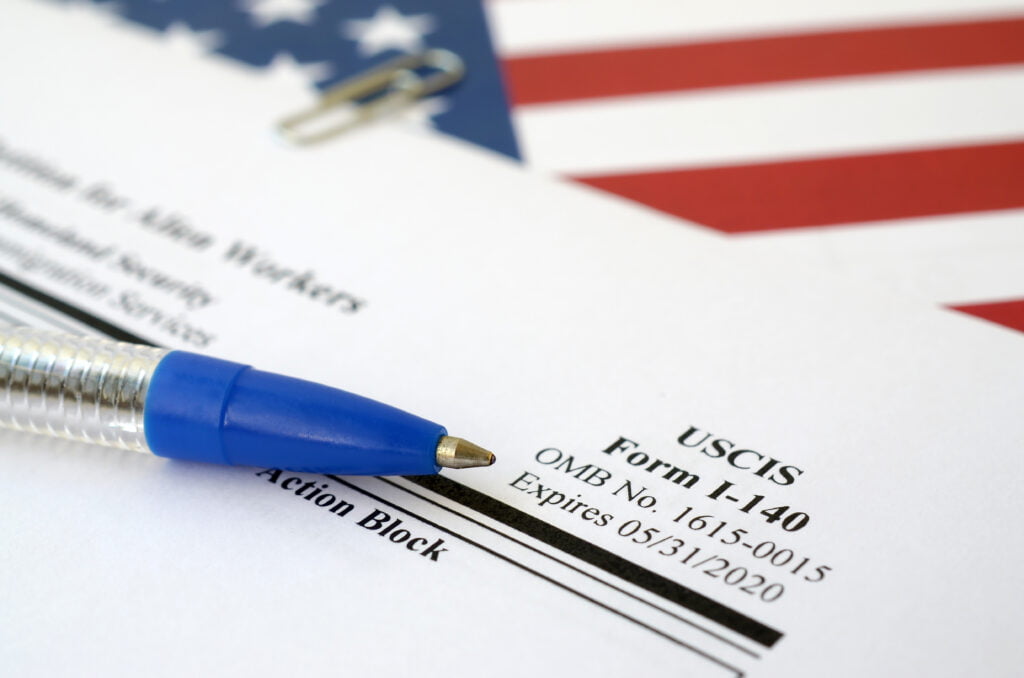 A checklist to ensure your E-2 visa application is complete.
A checklist to ensure your E-2 visa application is complete.
Step 4: Obtain a Visa Issuance Number
Once your employer receives your documents, they apply for a Visa Issuance Number (VIN) through the Korean Immigration Service.
Process
-
Employer Submission: Your school submits your documents and contract to KIS.
-
Processing Time: 1–2 weeks, depending on the institution and KIS workload.
-
VIN Issuance: You receive a unique VIN, required for the consulate application.
Insider Tip
Maintain close communication with your recruiter or employer during this stage, as incomplete documents can cause delays.
Step 5: Apply for the E-2 Visa
With the VIN, you apply for the E-2 visa at a Korean Consulate or Embassy in your home country or a permitted third country.
Application Steps
-
Schedule an Appointment: Book a slot at your local Korean Consulate (e.g., in London, New York, or Sydney). Some allow walk-ins or mail-in applications.
-
Submit Documents:
-
Completed visa application form.
-
Passport and photocopy.
-
Apostilled degree and background check.
-
VIN from your employer.
-
Additional documents as required by the consulate.
-
-
Pay Fees: Approximately $45–$60 USD, varying by country.
-
Processing Time: 3–7 days for in-person applications; 1–3 weeks for mail-in.
-
Collection: Pick up your passport with the E-2 visa or have it mailed (include a self-addressed, prepaid envelope).
For UK Citizens
Since 2022, UK nationals apply through the Korea Visa Application Center (KVAC) in London, managed by the International Organization for Migration (IOM).
Success Story
“I applied at the Korean Consulate in Toronto and got my visa in 4 days. Apostilling my documents early was a game-changer!” — Liam, English Teacher in Daegu
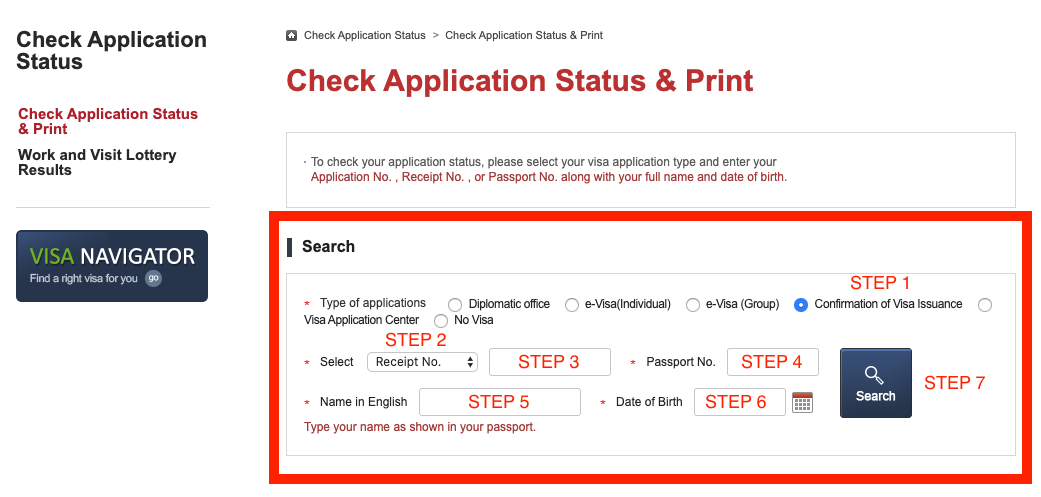 A Korean Consulate, where your E-2 visa application is processed.
A Korean Consulate, where your E-2 visa application is processed.
Step 6: Enter South Korea and Complete Requirements
With your E-2 visa stamped, you’re ready to enter South Korea and finalize your status.
Upon Arrival
-
Health Check: Within 30 days, undergo a mandatory medical exam at a designated hospital (cost: ~100,000 KRW). Tests include TB, HIV, and narcotics screening. Failure may result in visa revocation.
-
Alien Registration Card (ARC):
-
Apply at a local immigration office within 90 days of arrival.
-
Bring your passport, E-2 visa, proof of address, and health check results.
-
The ARC is issued in 2–4 weeks and serves as your ID in Korea.
-
-
e-Arrival Card: From February 24, 2025, submit an online e-Arrival card within 72 hours of entry at www.e-arrivalcard.go.kr. Paper forms are available until December 2025.
Pro Tip
Book your health check and ARC application promptly to avoid penalties. Your employer or recruiter can recommend nearby immigration offices.
Step 7: Renew or Change Your E-2 Visa
Renewal
-
When: Apply 1–2 months before your 13-month visa expires.
-
Process: Your employer submits a renewal application to KIS with updated documents (e.g., contract, ARC, tax records).
-
Requirements: You must stay with the same employer or secure a new sponsor. Changing employers requires a new E-2 visa application.
-
Tip: Ensure your health check and ARC are current to avoid delays.
Changing Employers
-
Process: Secure a new job, obtain a release letter from your current employer, and apply for a new E-2 visa with the new sponsor’s VIN.
-
Restriction: You cannot work for the new employer until the new visa is approved.
Leaving Korea
-
Cancellation: Your employer must cancel your E-2 visa upon contract termination. You receive a 30-day grace period to leave or apply for a new visa (e.g., D-10 job-seeker visa).
 Discover South Korea’s heritage at Gyeongbokgung Palace.
Discover South Korea’s heritage at Gyeongbokgung Palace.
Challenges and Solutions
Teaching in South Korea is rewarding, but challenges like contract issues or cultural adjustments may arise. Here’s how to navigate them:
-
Vet Employers: Check reviews on JobKorea or Waygook.org to avoid hagwons with poor reputations.
-
Review Contracts: Consult a recruiter or legal advisor before signing. Ensure housing, hours, and severance are clear.
-
Ease Cultural Transition: Join expat communities or take Korean language classes to adapt.
-
Avoid Document Delays: Start apostille processes early, especially for FBI checks, which can take 2–3 months.
Expert Tips for a Successful E-2 Visa Application
-
Begin Early: Start gathering documents (e.g., background check, degree apostille) before securing a job to avoid delays.
-
Work with Trusted Recruiters: Partner with agencies like Korvia or Gone2Korea for vetted schools and visa support.
-
Boost Credentials: A TESOL or CELTA certificate enhances your application and salary potential.
-
Learn Basic Korean: Phrases like “annyeonghaseyo” (hello) can improve integration and job prospects.
-
Verify Documents: Ensure apostilles are valid and documents align with consulate requirements.
Frequently Asked Questions (FAQs)
1. How long does the E-2 visa process take?
From job offer to visa issuance, expect 2–3 months, including document preparation (6–12 weeks) and consulate processing (3–21 days).
2. Can non-citizens of the seven countries apply for an E-2 visa?
The E-2 visa for English teaching is restricted to citizens of the U.S., Canada, UK, Ireland, Australia, New Zealand, and South Africa. For other languages, contact the Korean Embassy.
3. What if I fail the health check?
Failure (e.g., testing positive for narcotics) may lead to visa revocation and deportation. Adhere to Korea’s strict drug laws.
4. Can I teach in a kindergarten with an E-2 visa?
No, E-2 visa holders are limited to schools, hagwons, and universities. Kindergartens require visas like F-2 or F-6.
5. Can my family join me on an E-2 visa?
The E-2 visa does not permit family sponsorship. Spouses or children need separate visas (e.g., F-3 or F-6). Consult the Korean Embassy for options.
A step-by-step video guide to securing an E-2 visa
Conclusion
The South Korea E-2 visa is your gateway to a transformative career in a nation that celebrates both tradition and innovation. While the process requires diligence—securing a job, preparing apostilled documents, and meeting consulate requirements—the rewards are unparalleled. From competitive salaries to cultural immersion, teaching in Korea offers a chance to grow personally and professionally.
With this guide, you’re equipped to tackle the E-2 visa process with confidence. Start researching jobs, gathering documents, and connecting with recruiters. South Korea’s classrooms await your passion and expertise—take the first step today!
Ready to start? Visit Korvia.com or Gone2Korea.com, confirm consulate requirements, and embark on your Korean adventure.
